dangerous name
Where the Waterfall to Nowhere Really Goes
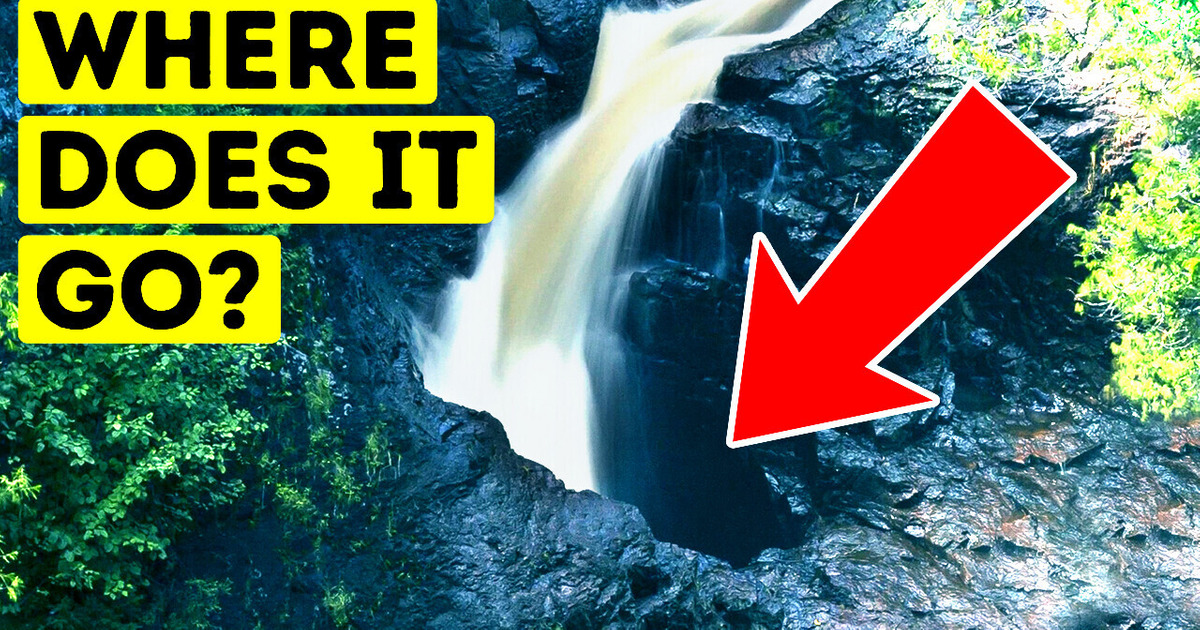
The world’s largest waterfall is tucked away underwater! The Denmark Strait cataract is located between Iceland and Greenland. If you suddenly grew fish gills allowing you to comfortably breathe underwater, you’d be able to see a breathtaking series of waterfalls. They begin at 2,000 feet under the surface and then drop for about two miles — down to a depth of 10,000 feet.
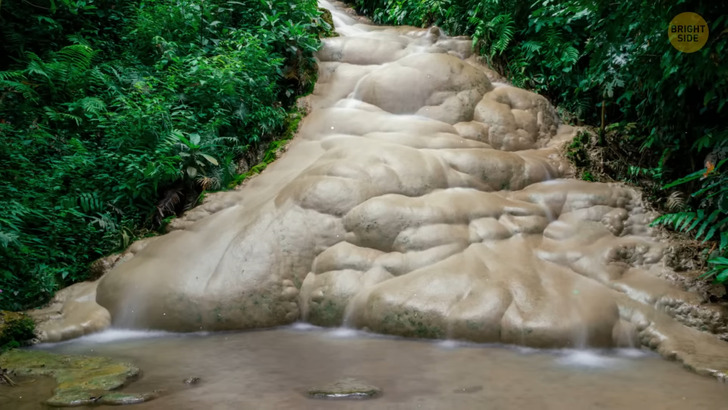
Waterfalls generally have slick and slippery surfaces. But the Bua Tong Waterfalls — aka the Sticky Waterfalls — in Thailand beg to differ. They get their “sticky” texture because of the limestone underneath. There’s no slime or algae on the rocks either. It provides so much traction that you can actually climb these falls without using any special equipment!
In Kimberly, Western Australia, you can check out one of the only two horizontal waterfalls in the world. An interesting phenomenon in the ocean creates horizontal currents that look like waterfalls turned sideways. They form when a very high tide moves through a gap in the ridges of the McLarty Range. Powerful tidal waters gather up on one side of the slim cliff passage, pushing through at high speed. This creates the appearance of a waterfall. These falls are also “reversible” — every day, when the tide turns, the falls begin to flow in the opposite direction.
Tucked away in the Romanian Anina Mountains on the river Minis, there was a gorgeous, rounded waterfall, almost 26 feet high. It used to fall over a green carpet of moss, over the apex of a large stone. When hitting the rock, the water split into many small streams, falling into a small basin underneath. Unfortunately, this unique waterfall collapsed in 2021, and the exact moment was even captured on camera by a passer-by. There is still hope, though, as local authorities believe the waterfall will regenerate and begin flowing through new deposits of petrified moss over time.
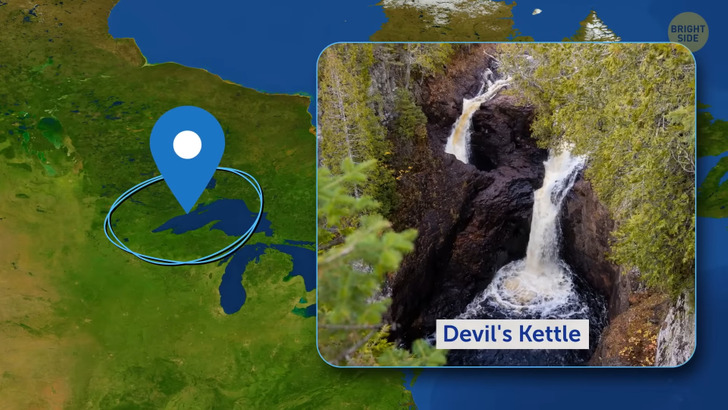
One mystery of nature that has been puzzling geologists for many years is the Devil’s Kettle Waterfall on Minnesota’s North Shore. One part of the waterfall goes naturally down the rocks, then flows into the river. The other part is the mysterious one. It runs into a deep hole and seems to vanish into thin air! And not only the water but everything that falls into it, too! Scientists have looked into what happens to this water. They tried everything from throwing GPS trackers down there to sending ping pong balls into the hole to see if they could find them elsewhere in the river. They had no clue even after all those experiments.
The first step to solving this mystery was to understand the water movements. The hole is basically one giant “blender.” The water spins around the hole with such power and force that it smashes everything that drops in there. Researchers ended up measuring the volume of the water in the river just before it entered the falls and then compared it to the volume at the bottom. Surprisingly, they saw that it was almost the same. So, what was going into the “kettle” had to flow back into the river at some point. But they have yet to figure out where that spot is.
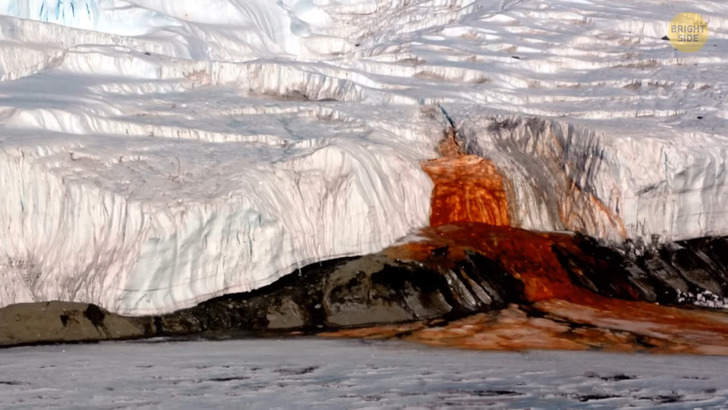
The Blood Falls are a series of waterfalls located in one of the driest regions of Antarctica. They form in an underground lake filled with particular bacteria. These little organisms use sulfates — and not sugar — as fuel, which makes them very intriguing for scientists. The water in this lake is filled with iron that rusts when it meets air. The chemical reaction gives the waterfall the unusual red color, hence its name.
This waterfall in Mauritius has caught the eye of many tourists over the years, but unfortunately, it’s nothing more than an optical illusion. If you look at it from above, you will be tricked into thinking you’re looking at an underwater waterfall. But in reality, it’s just runoff of sand and salt deposits. You’ll need to look at it from another angle to see that it’s actually just the ocean in different hues of blue, green, and white. These colors make you think you’re looking at a 3D image.
Seljalandsfoss is one of the most visited waterfalls in Iceland because it also offers a unique three-dimensional experience. Over 200 feet high, not only is it beautiful to look at, but it also has an easily accessible walking trail that allows you to see the waterfall from behind, too.
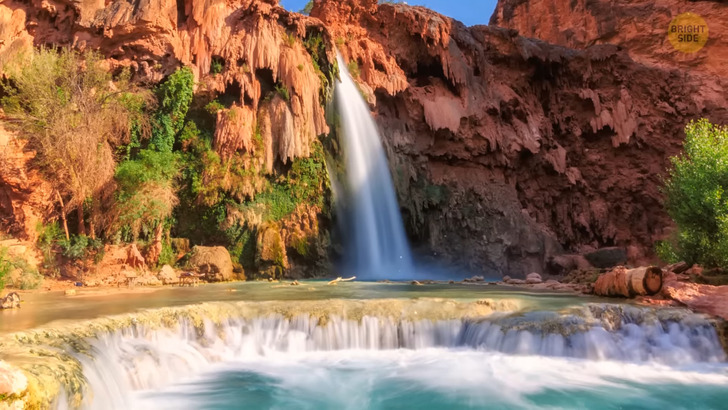
Havasu Waterfall in Canyon Creek, in the state of Arizona, is awesome not only because of its size or volume of water but also because it’s surrounded by a desert. There’s a nice contrast between the red earth and blue-green waters. The water has such an unusual color because it contains high levels of calcium carbonate. This specific hue gave the name to a local tribe — the Havasupai people — which literally translates to the “people of the blue-green waters.” This waterfall drops from a 100-ft-high vertical cliff into a natural pool. It’s great for a swim!
You can find the Eternal Flame Falls in upstate New York, close to Canada. There’s a small waterfall here, but it has a little secret — a flame about eight inches tall. Its source is a natural gas seep providing fuel to the fire. Hikers enjoy re-lighting it if they see the flame has been blown out.
The Iguazu Falls stretch across portions of Brazil and Argentina and are surrounded by an abundance of nature. They got their name from a Guaraní word meaning “big water.” The story goes that when First Lady Eleanor Roosevelt saw the Iguazu Waterfalls, she felt pity for the American ones and exclaimed, “Poor Niagara”! These waterfalls are the only other place in the world, apart from Australia, where you can find opossums. There’s also a point in the falls where tourists can get surrounded by about 260 degrees of falling water.
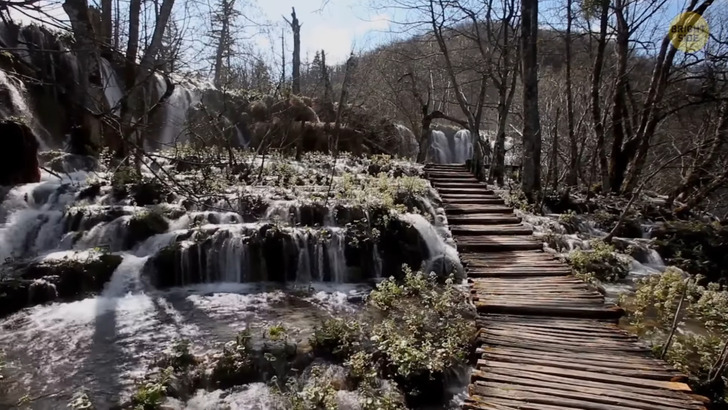
Visit Croatia if you don’t want to miss the Plitvice waterfalls located in the oldest national park in Southeast Europe. They are also one of UNESCO’s world heritage sites. The park has loads of waterfalls and lakes, each of them a different color. The color depends on what type of minerals are in the water. The waters are surrounded by a dense bright-green forest. During the colder season, those waters freeze, making the park look like a winter wonderland. It can stay frozen for more than 30 days at a time!
The Angel waterfalls are the tallest in the world — with a height of over 3,200 feet — and you can find them in Venezuela. They are surrounded by Canaima National Park — the sixth largest national park in the world. During the rainy season, the Angel Falls split into two separate waterfalls. The waterfall becomes so powerful you can feel its splashes from miles away! During the hotter months, the water evaporates before reaching the bottom of the waterfall, which creates the fall’s famous mist.
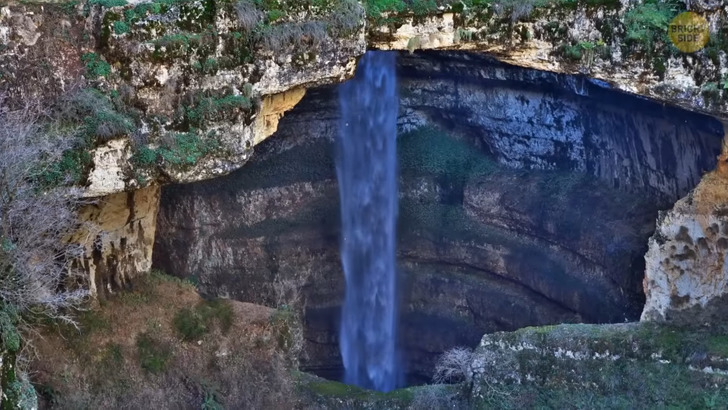
This waterfall was discovered in 1952. The Baatara Gorge Waterfall cascades down a pothole near Mount Lebanon, falls behind three natural bridges, and drops 840 feet down into a cave of Jurassic limestone. This cave is the result of millions of years of limestone erosion. Geologists estimate that it’s around 160 million years old, so it might have even seen some dinosaurs! It’s best to check it out in March or April when the waterfall is supplied with water from melting snow in the mountains.
If you want to see a waterfall that drops right onto the beach, head to California to marvel at the McWay Falls! It used to fall directly into the ocean. But in 1983, a large landslide slipped into the water below the falls and formed a beach. The area is quite secluded because it’s very hard to access. The waterfall flows all year round. You can see it from a certain angle from a trail above. Locals say you can get the best views during sunset.
Comments
Related Reads
10 True Stories That Started Out Normal but Ended With an Unexpected Twist

13 True Stories That Prove the Most Stunning Twists Come From Real Life

My Husband Made Me Care for His Sick Mother, So I Served a Payback He Won’t Forget

I Refused to Be My Husband’s Maid in the Name of Marriage—So I Made a Move He Didn’t See Coming

I Refuse to Let My DIL Get My Late Son’s Inheritance

12 Life Twists That Feel Like a Rollercoaster With No Seatbelt

My SIL Secretly Tested My Toddler’s DNA, She Didn’t See My Response Coming

My Parents Treated My Sister Like a Princess and Me Like Nothing—Big Mistake

12 Stories That Prove Kind People Aren’t Weak, They’re Quiet Superheroes

My Husband Chose His Mother Over Our Family — I Know Exactly How to Make Him Pay

My Husband’s Ex Still Calls Him for Favors—So I Gave Him a Taste of His Own Medicine

I Won’t Hand Over My Room to My Sick Grandson, Especially Not Since I Overheard My Daughter’s Shocking Plans
